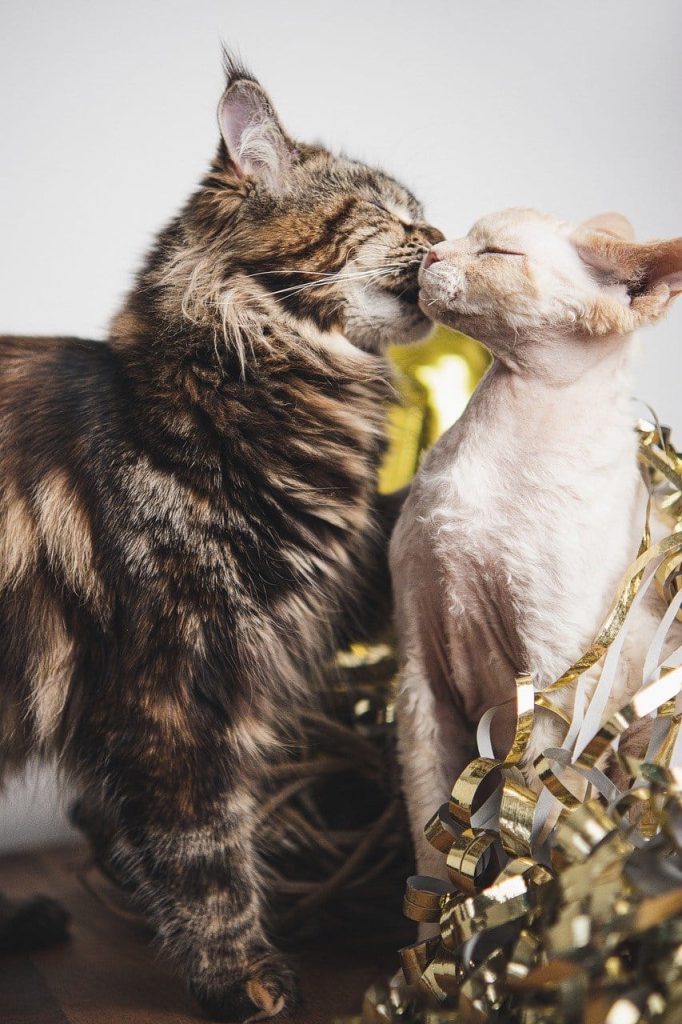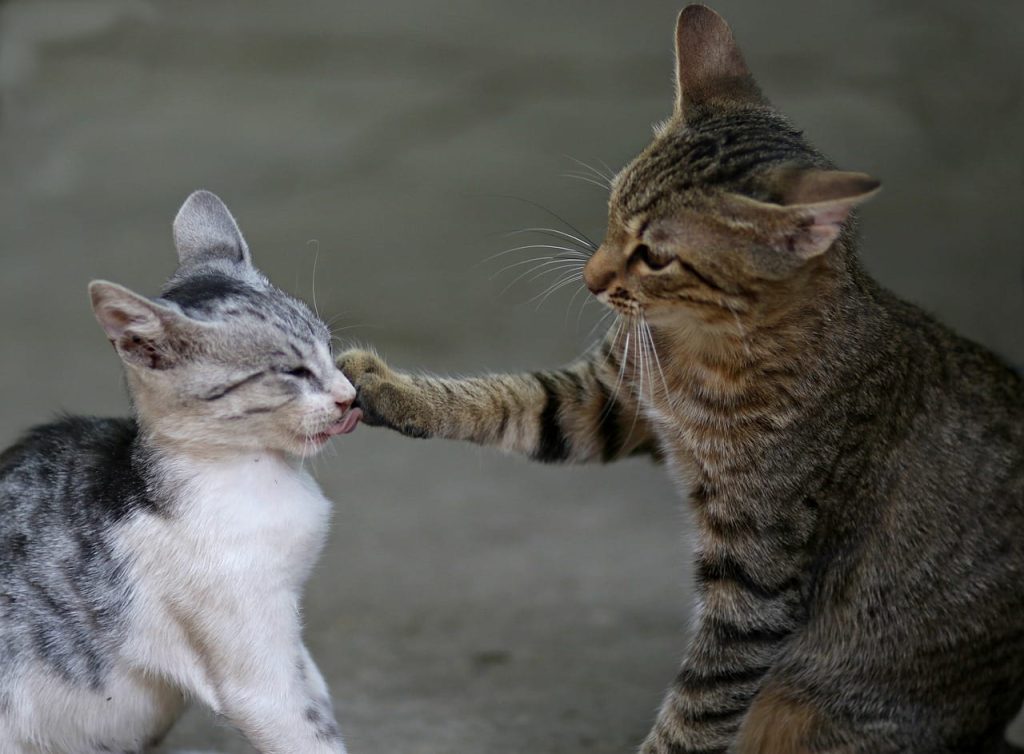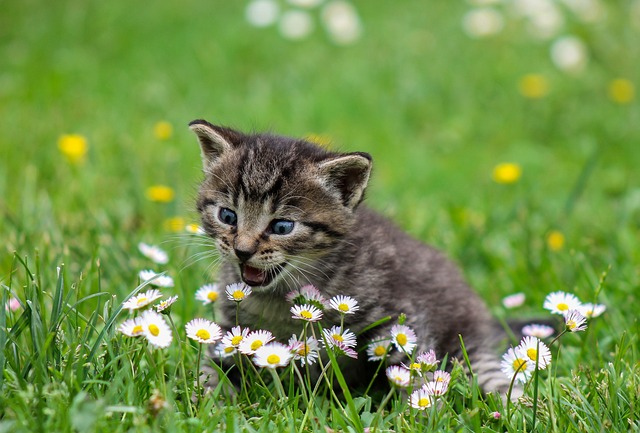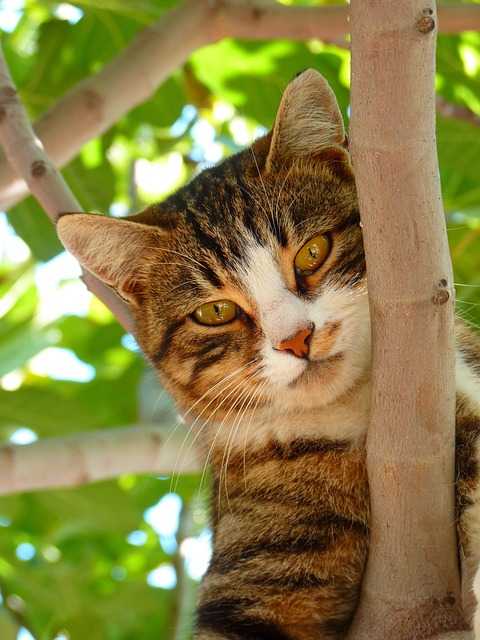Introducing a new cat to your household can be both exciting and challenging. As cat owners, we want our furry friends to coexist harmoniously, but introducing a new cat to existing feline family members requires careful planning and patience. In this comprehensive guide, we’ll explore step-by-step strategies on how to introduce cats and foster a peaceful environment for all your cats.
How to Know if Your Cat is Ready for a New Companion
Determining if your cat is ready for a new feline companion involves assessing various factors to ensure a smooth transition and minimize stress for both cats. Here are some signs that indicate your cat may be ready for a new cat:
1.Social Behavior
If your cat displays friendly and sociable behavior towards other cats, such as curiosity, interest, and tolerance during interactions with other felines, it suggests that they may be open to the idea of having a new companion.
2.Playfulness
Cats that enjoy interactive play and engage in playful behavior are more likely to adapt well to the presence of a new cat. Playfulness indicates that your cat has a positive outlook on life and may welcome the opportunity for companionship and shared activities.

3.Lack of Aggression
Cats that exhibit minimal aggression towards other animals, such as hissing, growling, or swatting, are more likely to accept a new cat into their territory without major conflicts. Aggressive behavior towards other animals may indicate that your cat is not ready for a new companion and may need additional socialization or training.
4.Comfortable with Changes
Cats that are adaptable and comfortable with changes in their environment are better equipped to adjust to the arrival of a new cat. If your cat handles changes in routine, new stimuli, or unfamiliar situations with ease and minimal stress, they may be ready for the addition of a new feline friend.
5.Response to Previous Interactions
If your cat has had positive experiences with other cats in the past, such as successful introductions or playdates with other felines, it suggests that they are capable of forming positive relationships with new companions.
6.Age and Health
Consider your cat’s age and health status when deciding if they are ready for a new cat. Senior cats or cats with chronic health issues may find the presence of a new cat stressful or overwhelming, so it’s essential to take their individual needs into account.
7.Desire for Companionship
Some cats exhibit signs of loneliness or boredom when they lack feline companionship. If your cat seems lonely, seeks attention, or vocalizes more than usual, they may benefit from the companionship of another cat.
8.Your Cat’s Preference
Ultimately, your cat’s comfort and well-being should be the primary consideration when deciding if they are ready for a new cat. Pay attention to your cat’s behavior, preferences, and response to the idea of a new companion, and trust your instincts as a pet owner.
How To Introduce Cats Steps
Introducing a new cat to your household requires careful planning and gradual steps to ensure a smooth transition and minimize stress for both cats. Here are the steps to introduce cats to each other:
1.Pre-Introduction Preparation
Before bringing your new cat home, it’s essential to lay the groundwork for a smooth transition. Take time to understand the dynamics of your existing cat family and create a safe space for the new arrival. Provide the new cat with their own designated area equipped with all the necessities to ensure their comfort and security.
This space should include food, water, litter box, bedding, toys, and hiding spots to help the new cat feel safe and comfortable.
2.Scent Exchange
Swap bedding, toys, or blankets between the resident cat and the new cat to familiarize them with each other’s scent. This helps reduce anxiety and facilitates acceptance when they eventually meet face-to-face.
3.Gradual Introduction through Closed Doors
Keep the new cat confined to their designated space initially and allow the resident cat to explore the rest of the house. This allows both cats to become accustomed to each other’s presence without direct contact. Rotate their access to different areas of the house to further familiarize them with each other’s scent.
4.Feeding Near the Door
Place food bowls on either side of the closed door separating the cats. This encourages positive associations with each other’s scent and presence while providing a distraction during feeding times.
5.Visual Introduction through a Barrier
Once both cats are comfortable with each other’s scent, allow them to see each other through a baby gate or wire mesh barrier. This visual introduction allows them to observe each other’s body language and behavior without the risk of physical contact.
6.Supervised Face-to-Face Meetings
When both cats show signs of curiosity and relaxation in each other’s presence, it’s time for supervised face-to-face meetings. Keep the initial meetings short and supervised to prevent potential conflicts. Use treats and praise to reinforce positive interactions.

7.Monitor Body Language
Pay close attention to the body language of both cats during face-to-face meetings. Signs of aggression or fear, such as hissing, growling, raised hackles, or flattened ears, indicate that the interaction should be ended and the introduction process slowed down.
8.Provide Separate Resources
Ensure that each cat has access to their own food bowls, water dishes, litter boxes, scratching posts, and resting areas. This prevents competition and territorial disputes, reducing the likelihood of conflict between the cats.
9.Gradually Increase Interaction Time
As the cats become more comfortable with each other, gradually increase the duration and frequency of their interactions. Allow them to spend more time together under supervision while remaining vigilant for any signs of tension or aggression.
How To Introduce Cats: Patience and Persistence
Introducing a new cat to your existing feline family takes time, so be patient and persistent throughout the process. Understand that setbacks and challenges are normal, and focus on providing individual attention and reassurance to each cat. Building trust and fostering positive associations will help facilitate a successful integration.

Conclusion
Introducing a new cat to your feline family is a rewarding journey that requires patience, understanding, and commitment. By following the strategies outlined in this guide and approaching the process with care and consideration, you can create a harmonious environment where all your cats can thrive together.






